
New research from TMS 2025 covers menopause effects on brain volume, hormone therapy's role in weight loss with GLP-1s, and dense breast screening updates.
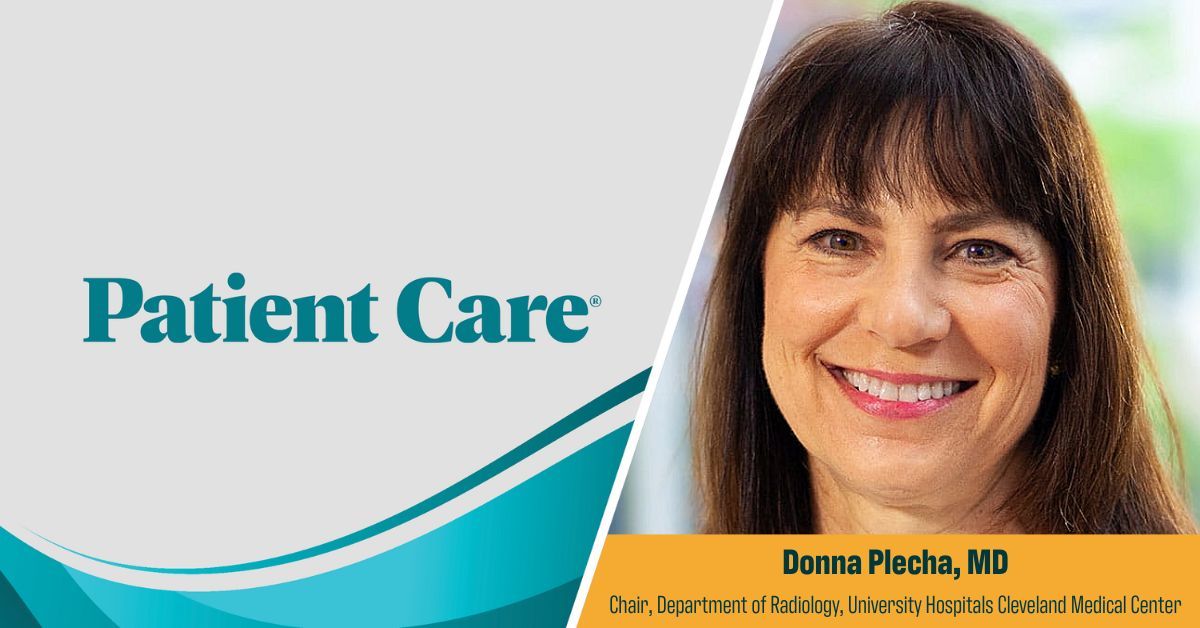
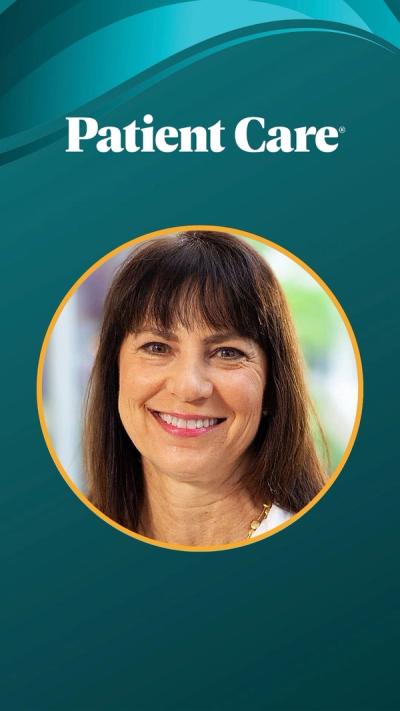

New research from TMS 2025 covers menopause effects on brain volume, hormone therapy's role in weight loss with GLP-1s, and dense breast screening updates.
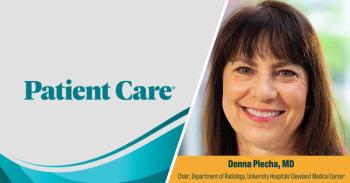
Early breast cancer screening at age 40, especially with 3D mammograms, significantly improves survival rates and quality of life, according to Dr Plecha.

Smoking drives lung cancer deaths, but race predicts breast/prostate mortality. New study reveals distinct community factors for each cancer type's outcomes.

TMS 2025: Donna Plecha, MD, an expert in breast imaging, discusses essential breast cancer screening recommendations for primary care physicians.

From dense breast notification laws to changing lung and cervical screening criteria, experts share practical strategies to help navigate today’s evolving cancer prevention landscape.

Missing a first screening mammogram was associated with a 53% greater risk of stage III breast cancer and a 40% higher risk of mortality from the disease.
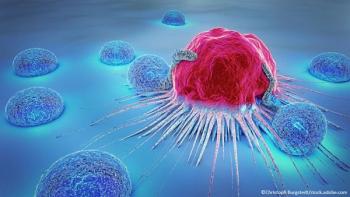
Exact Sciences launches Cancerguard, a groundbreaking blood test for early cancer detection, aiming to transform cancer screening and save lives.

ASCO 2025. Elinzanetant significantly reduced the frequency of VMS vs placebo in women on endocrine therapy for treatment or prevention of HR+ breast cancer.

Your daily dose of the clinical news you may have missed.

Your daily dose of the clinical news you may have missed.

The AI program also correctly identified 90% of true positive cases, according to new data presented at the Society for Breast Imaging's annual symposium.

New data to be presented at ECO 2025 shows new-onset T2D is linked to increased risk of liver, pancreatic, and bowel cancers, but not endometrial or post-menopausal breast cancer.

While smoking in the US continues to decline, the American Cancer Society reports mixed progress in major cancer risk factors, prevention, and screening.

ACP 2025: Dr Kalager shares strategies for addressing patient beliefs, presenting risk data, and promoting shared decision-making in primary care settings.
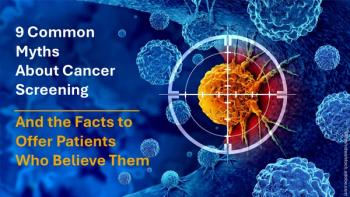
Myths and fears about cancer screening may be keeping some of your patients from important tests. Always ask about misconceptions, and then offer the facts.

Your daily dose of the clinical news you may have missed.
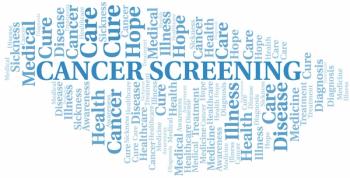
Cervical cancer screening rates remained below prepandemic levels, while rates for breast and colorectal cancers rebounded from pandemic declines.

The outsized burden continues among Black men, a group with prostate cancer incidence rates 67% higher than those of White men and mortality rates more than twice as high.

A family medicine specialist who works with cancer survivorship highlights findings of a study that illustrate how effective screening is and how treatment has changed.
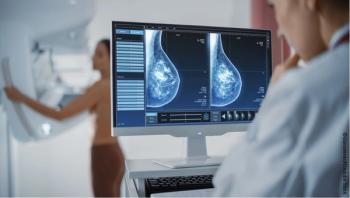
Results from the MASAI clinical trial also showed that AI-assisted screening reduced screen-reading workload without increasing the rate of false-positives.
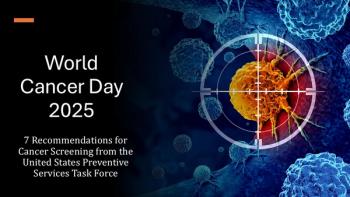
World Cancer Day 2025 urges focus on the unique personal journey underlying every cancer diagnosis; individual recommendations for regular screening is where that can start.

Your daily dose of the clinical news you may have missed.
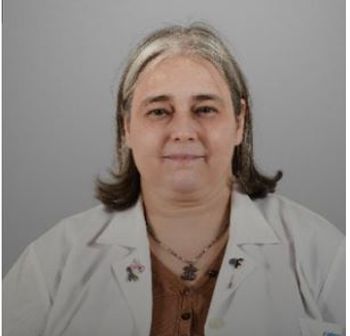
Elinzanetant produced a statistically significant reduction in frequency of treatment-related vasomotor symptoms as early as week 1 and in severity at weeks 4 and 12.
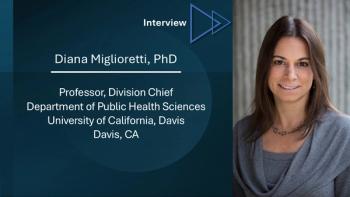
After a false positive breast cancer screening result, women may be reluctant to participate in future screening, a topic that could benefit from the primary care touch.

Even after adjusting for breast density, studies reveal a significantly greater risk for a cancer diagnosis within 2 decades. A UC Davis expert offers details.